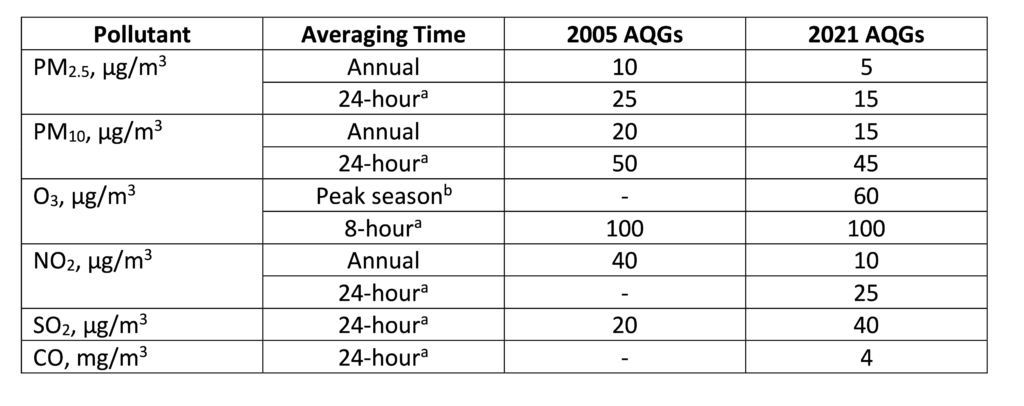Proposal for a global heat index
This proposal is based on the US heat index. The German heat index is considering the effects of cooling winds, which is meaningful and shall be considered. And the proposal is to use the temperatures in the sun, as not everyone, everywhere is able to stay in the shade!
| calculated temperature value* | heat index | classification | medical effects** |
| 27 °C | 1 | caution | Longer periods of physical activity may cause symptoms of fatigue |
| 32 °C | 2 | extreme caution | There is a possibility of heat injuries such as sunstroke, heat cramps and heat exhaustion |
| 38 °C | 3 | danger | Sunstroke, heat cramps and heat exhaustion are likely; Heat stroke is possible |
| 48 °C | 4 | extreme danger | Heat stroke and sunstroke are likely |
*in the sun, incl. humidity and wind
**applies to healthy people, vulnerable groups are even more at risk, and a possible increase in the risks due to further exposure (such as air pollutants and noise) must also be taken into account
The classification shall be named after its threat and a new narrative other than “calculated temperature value” has to be found like e.g. “heat factor”.
Limit values for reducing actual stresses
Air Quality
Based on the most recent hourly values of a station, the measured pollutants are categorized with the following threshold values. The pollutant with the worst air quality determines the classification.
| hourly average NO2 in μg/m³ | hourly moving daily average PM10 in μg/m³ | hourly moving daily average PM2,5 in μg/m³ | hourly average O3 in μg/m³ | |
| caution | ? | ? | ? | ? |
| extreme caution | ? | ? | ? | ? |
| danger | ? | ? | ? | ? |
| extreme danger | ? | ? | ? | ? |
For reference the WHO air quality guideline under “normal” conditions. While at heat stress the values must be lower than that.

Noise
Noise limited value shall be at least from 20:00 – 7:00 to 45 dB for “caution situations” and to 35 dB for “dangerous situations” without any peak noises. At least in such extra stress situations, a strict nightfly ban, at least from 20:00 – 7:00 is important.
Passive Mobility Reduction
In addition to the health-threatening and stressing emissions from fossil fuel-powered cars, motorized vehicles are the second-largest source of direct anthropogenic heat (after buildings).
https://www.sciencedirect.com/science/article/abs/pii/S0959652623042555?via%3Dihub
The urban heat island effect causes many cities to heat up significantly more than the surrounding areas. This is usually, and correctly, attributed to increased surface sealing. Reversing this process, however, is often not feasible in the short term.
But another key factor is often overlooked: the car. For several reasons, cars intensify the heat even more than surface sealing alone.
- Metal car bodies heat up even more than asphalt. As a result, every parked car makes the street hotter than it would be without parked cars. Depending on the orientation of the street, this effect can raise temperatures by up to 1.6 degrees with just ten parked cars.
- If a parking space remains empty during the day and is only used in the evening, as is often the case in residential areas, it heats up over the course of the day. At night, the car prevents the parking space from cooling down quickly, causing it to retain heat longer. This effect has not yet been thoroughly studied.
- Combustion-engine vehicles generate heat while driving. This effect is also sparsely researched, but studies suggest that a complete switch to electric vehicles could reduce temperatures on heavily trafficked streets by 1 degree. Additionally, the excess heat from car air conditioning systems further contributes to heating the streets.
Urban heat will lead to further raising deaths, reduced productivity, and lower quality of life in the future.
As such, the passive mobility needs to be reduced. This can be best done in correlation to the air quality and noise level.
A solution need to be found, how the reduction of the passive mobility can be managed – related to the 4 heat indexes and the 2 proposed noise levels.